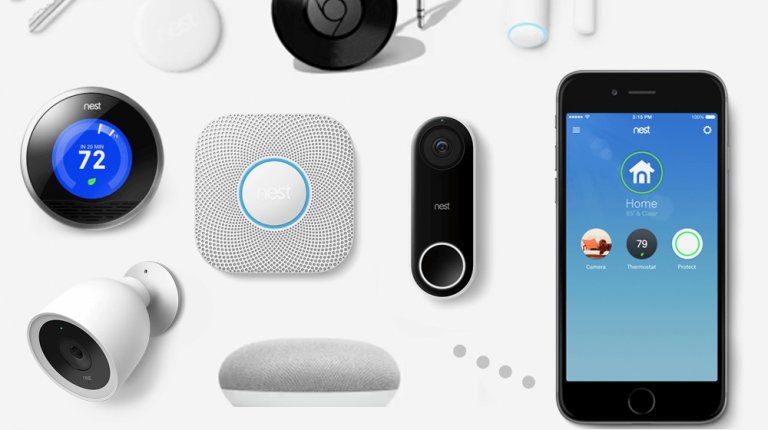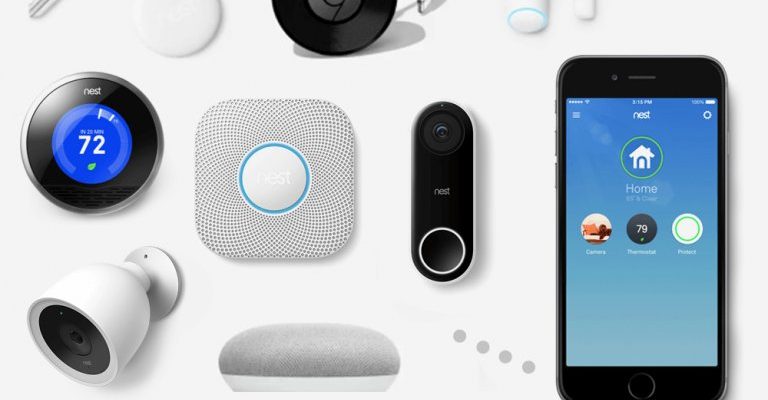
Think of warranty registration like signing up for a club membership. In some clubs, you have to officially join before you get perks. But in others, simply having a ticket lets you in. So, is Nest’s warranty like that? Do you get access just by owning the device, or do you have to jump through hoops first? Let’s break down this question carefully, step-by-step, to clear up any confusion.
How Nest’s Warranty Works: The Basics
Nest devices, made by Google, typically come with a manufacturer’s warranty—usually one or two years depending on the product. This warranty is essentially a promise that the device will work as expected and if it doesn’t, Google will repair or replace it free of charge within that timeframe.
Here’s the thing: your warranty coverage starts the day you buy the device. Nest and Google don’t require you to fill out any special warranty registration form online to activate this coverage. The purchase receipt usually serves as your proof of warranty. This means that, technically, you’re covered even if you don’t register the device.
However, there’s a catch. While registering isn’t mandatory, it can make your life easier if something goes wrong. Warranty registration links your specific device’s serial number and your details to your account, so when you reach out for support, they already know who you are and what you own.
What Does Warranty Registration Actually Do?
You might be wondering, “If registration isn’t required, why bother?” Let me explain.
Warranty registration helps Nest (and Google) associate your device with your identity. When you register, you’re effectively creating a record in their system that says: “Hey, this particular thermostat or camera belongs to me.” This can speed things up if you ever need troubleshooting help or want to make a warranty claim.
For example, if your Nest thermostat stops syncing properly or if the battery drains unexpectedly, having your device registered means the support team can quickly check your warranty status and device history. Without registration, you’d have to provide proof of purchase and device details each time, which might slow down the process.
Another benefit: registration sometimes gives you access to software updates, special offers, or helpful product tips tailored to your model. It’s like syncing your remote to your TV—once paired, everything just works better.
How To Register Your Nest Device
Registering your Nest device is pretty straightforward, but here’s a gentle walkthrough just in case:
- Create or log in to your Google account. Nest devices are tied to Google accounts, so this step is crucial.
- Open the Google Home app. If you haven’t installed it yet, download it from your phone’s app store.
- Add your device to the app. Follow the prompts to sync and pair your Nest product. This process usually involves scanning a QR code or entering a code manually.
- Once added, you’ve effectively registered the device. Your Google account now holds the device’s details, and it’s connected to your warranty records.
If you bought your Nest from a retailer rather than Google directly, keep your purchase receipt safely. It’s your key for warranty claims regardless of registration.
Making a Warranty Claim Without Registration
Here’s the good news: if you haven’t registered your Nest device, you can still file a warranty claim. The warranty is attached to the product itself, not solely to your registration status.
To make a claim, you’ll typically need:
- Proof of purchase such as a receipt or order confirmation.
- Serial number of the Nest device, which can usually be found on the device or in the packaging.
- A description of the issue.
You’ll contact Google Nest support either through their website or phone. Their team will guide you through troubleshooting first—because sometimes issues are fixable without a replacement. If not, and your warranty is valid, they’ll arrange for repair or replacement.
Not registering your device doesn’t void the warranty, but it might slow things down since Google has to verify the purchase date and details more manually.
Why Registration Could Help With Troubleshooting
Even if you don’t plan to make a warranty claim right away, registering your Nest device can help with troubleshooting problems that pop up day to day.
Imagine your Nest camera won’t pair with Wi-Fi or your thermostat isn’t responding to remote controls. When your device is registered through the Google Home app, you can receive tailored troubleshooting steps or even automated resets based on your exact model and firmware version.
Plus, Google’s support team can access device-specific logs if needed, speeding up diagnosis. This is a bit like having your remote’s batteries run low—you want to know quickly whether to replace the battery or reset the remote.
What Happens If You Lose Your Receipt?
Losing your purchase receipt can feel like losing your warranty ticket. But here’s the thing about Nest devices: if you registered your device early, your Google account holds information that might help prove your purchase date or device activation.
If you never registered and don’t have a receipt, making a warranty claim is trickier. Google might not be able to verify your ownership or warranty period easily. Sometimes, a credit card statement showing the purchase can help, but it’s not always accepted.
This is why, honestly, registration and keeping documentation is a small effort with a big payoff. It’s like syncing your remote to a universal hub—everything stays organized.
Comparing Nest Warranty Registration to Other Brands
Not every smart home brand handles warranty registration the same way. Some manufacturers require you to actively register your device to “activate” warranty coverage—like signing up for a gym membership where access only starts after registration.
Others, much like Nest, provide warranty from day one without mandatory registration but encourage it for faster support.
If you’ve dealt with universal remote controls or other smart home devices, you might notice some differences in how smoothly warranty claims go. Brand-specific devices like Nest often tie warranty and service to your online account, while generic models might rely solely on receipts.
In any case, the general advice stands: keep your receipts, register your device if possible, and know where your serial number lives. It makes any future troubleshooting or warranty claim way less stressful.
Wrapping It Up: Should You Register Your Nest Device?
Honestly, you don’t have to register your Nest smart home device to make a warranty claim. The warranty is linked to the product, and proof of purchase usually does the job. But here’s the thing—registering your device with your Google account is like putting your digital butler’s name on the welcome mat. It makes support smoother, troubleshooting quicker, and warranty claims less of a headache.
Think of registration as syncing your remote control to the TV. It’s a small setup step with big benefits, especially down the road when you least expect to need it. So, take a few minutes to register your Nest device—even if you don’t think you’ll ever need the warranty. It’s a simple way to protect your smart home investment and keep those devices humming happily.
